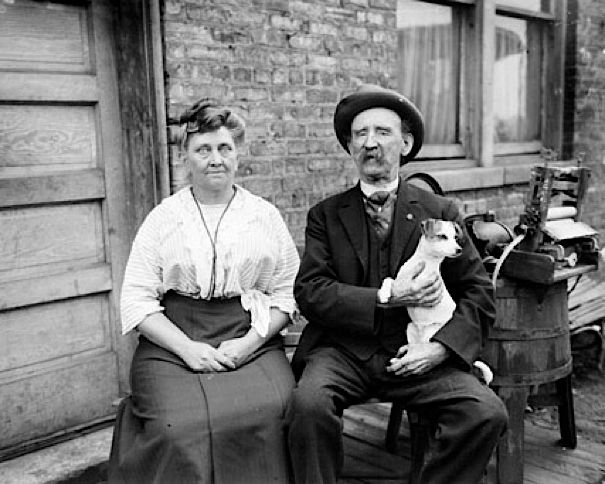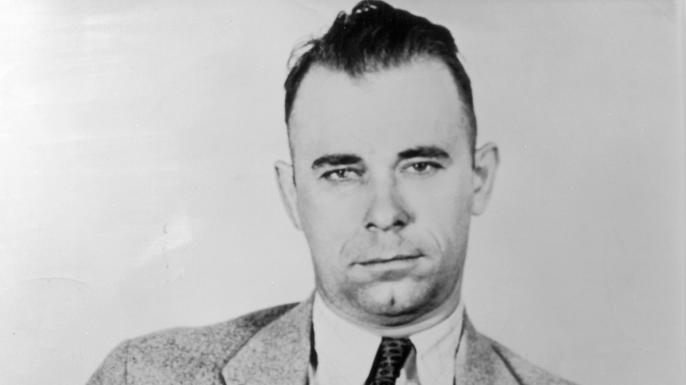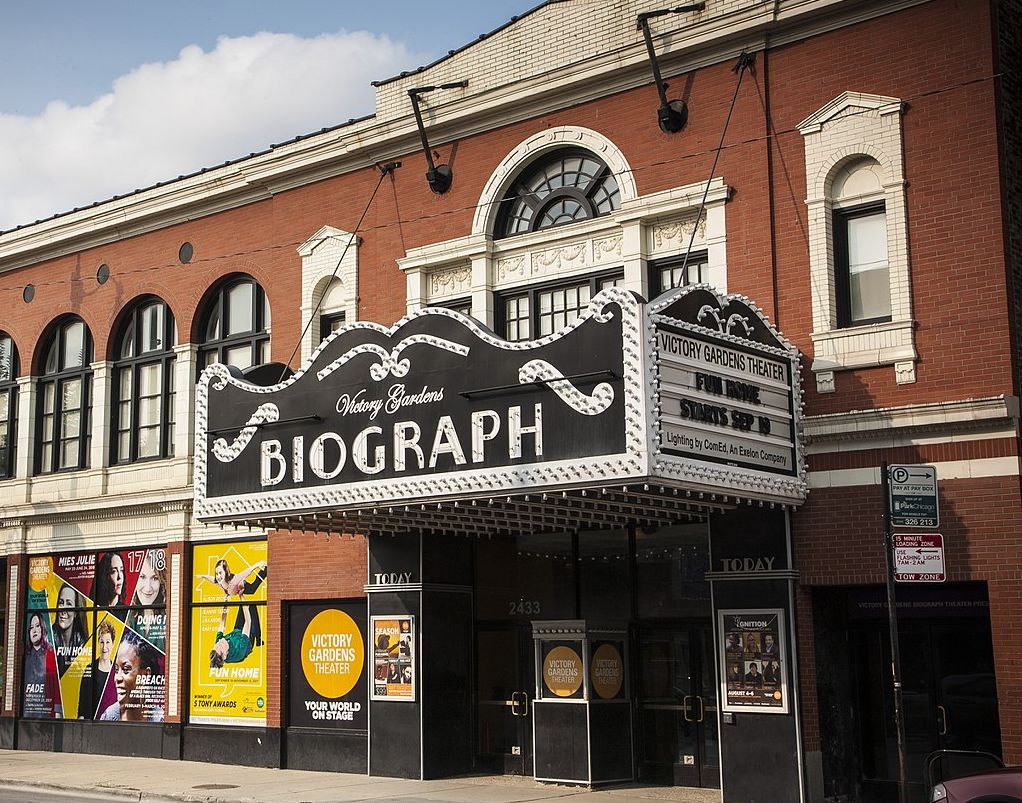Chicago - The "Windy City”
My time in Chicago could literally be measured in hours, due to yet another delay in the arrival of the Empire Builder from Seattle.
Anticipating this I had made sure that I had one night”s stay in a hotel before continuing my journey to my final destination of Boston the next day. One thing that I should mention at this point is that Amtrak does coordinate its trains so that if one is delayed, the other service waits in case there are any passengers who are booked to take both services. Greyhound runs a similar system with its buses. So, technically, I could have booked the trips back to back, but that would have meant 4 days on a train. Read my account of the Empire Builder trip to understand why this was not an option for me …
So, waking up the next day I had a couple of hours to kill before it was time to leave so wandering into the hotel lobby, I chanced upon a rack of flyers for tours or other excursions and one tour immediately caught my eye, the Chicago Mob and Crime Tour. Now, as some of you will know, I have a keen interest in the history of crime and the corresponding development of law and order and so I jumped into a taxi and made my way across town to begin the tour.
The guide was extremely knowledgeable and as a native Chicagoan, not backward in her expressing her admiration for the criminal legends going back through the centuries. She explained that Chicago was official founded in 1837 and already three years later it had acquired the unsavoury reputation of being the murder capital of the USA. This was almost 100 years before the mob first became active in the city. Hence it should come as little surprised that following the Great Chicago fire of 1871 which claimed the lives of roughly 300 people, many saw this as divine retribution for the wickedness and wages of sin that had run rampant in the city and the more god fearing inhabitants saw this as an opportunity for a fresh start. Nice idea, but it is destined to fail with dubious characters like ”Captain” George Washington Streeter and his wife Elma courting both publicity and admiration in equal measure.

Streeter was by today”s standards what could be referred to as a “character”, an eccentric without equal who was known for a string of failed ventures including a circus using deer and squirrels to selling guns to Honduran revolutionaries using his boat to smuggle them through Lake Michigan. This last venture led the hapless captain to ground his vessel on a sand bank from which it could then not be moved. He subsequently claimed the land the boat rested on as the United States District of Lake Michigan which was not part of the state of Illinois or the city of Chicago, thus exempting him from paying any taxes. For my older readers think of the plot to the film “Passport to Pimlico” and you get the idea of what the crafty rogue was up to.
Not content with his own bit of territory, Streeter invited contractors tasked with clearing the debris from the Great Fire to dump it on the land he had claimed for himself and over time, this caused it to increase in size so much that he would rent or sell portions of it to homesteaders and other people categorised as “undesirable” by the Chicago elite, thus perversely becoming the hero of the downtrodden and those who made their living from the wages of sin, such as prostitution and gambling.
Naturally Chicago”s elite did not like what Streeter was up to and a man by the name of N.K. Fairbank tried several times to evict him, charging him with illegal occupation which nowadays is known as “squatting”. Eventually, Fairbank got his way, but arguably Streeter had the last laugh. Not only was an entire neighbourhood named after him upon his death - Streeterville- but also because Fairbank only had a single road named after him. Adding insult to injury, that street is located within Streeterville and if that was not enough, Fairbank”s name is incorrectly spelt (Fairbanks instead of Fairbank).
Chicago did not gain any notoriety because of its Mob figure association until the signing into law of the Volstead Act in 1919 which effectively made the sale, distribution and transportation of alcohol illegal. The aftermath of the First World War had seen a surge in Anti-German sentiment and beer was the most closely associated beverage with the defeated nation. In both a futile attempt to control the consumption of alcohol and to fan the flames of american patriotism, the Volstead Act was regarded as a means to accomplish both ends in a single motion. What it did was give rise to a new type of criminal, the “mobster”.
Organised Crime had existed before in Chicago, but they had restricted their activities to gambling, prostitution and other lesser criminal ventures. The Volstead Act now opened up a whole new way for the Mob to make a profit, “bootlegging” i.e. smuggling, distributing and selling illegal alcohol. “Speakeasys”, effectively illegal drinking dens, sprouted up on every other street corner in Chicago.

Soon, you could buy alcohol illegally in places as diverse as Chinese laundries as well as local schools and tailors shops. The Chicago police either turned a blind eye or where directly involved in the criminal activity, providing protection for the Mobsters. To counter this rise in crime and police corruption, , treasury agent Elliot Ness formed a task force of specialist officers who could not be bribed to take on the mob and its leader, Alphonse “Scarface” Capone. These men were known as the Untouchables and together their painstaking efforts eventually lead to the arrest and conviction of Capone for tax evasion whereupon he was sentenced to 21 years on Alcatraz Island. Capone however received a compassionate release on the grounds of a debilitating brain disease which rendered him mentally incapable for the remainder of his life.

Al Capone ruled by intimidation, but Elliot Ness proved too great an adversary for him.
However, the mobster was not the only criminal to emerge from the streets of Chicago. The Great Depression which was the result of the Stock Market crash of 1929 more commonly known as “Black Thursday” ushered in a decade of hardship, homelessness and desperation across the globe. However, in America it made heroes of those criminals who seemingly took on and robbed those institutions responsible for worsening the pain and suffering of an increasing number of poor farmers and day labourers. Home repossessions by banks and financial institutions were at an all time high. Without doubt, the man that is considered the most prolific bank robber of the time was John Dillinger.
Born in Indianapolis in 1903, the young Dillinger was frequently getting into scrapes as a teen and so his father moved the family to Mooresville, a small, remote farming community in the same state hoping that this would calm his son down. Unfortunately this lead him into the company of career criminal Ed Singleton and following a botched robbery attempt of a local bakery proprietor, Dillinger was sentenced to a prison term of 10-20 years. Out after 8 years with good behaviour, Dillinger began his career as a bank robber having picked up the necessary Know-how from men he was incarcerated with.
During their spree, the Dillinger Gang, including gangsters like Machinegun Kelly and Pretty Boy Floyd are known to have been responsible for the commission of 24 robberies. He made it a point of not taking the money from the ordinary people in the bank at the time, saying “I don”t want your money, I want their money!” Referring of course to the money held by the bank he was robbing at the time. By all accounts, Dillinger was not just charismatic and charming, but quite dashing and this coupled with his refusal to take from the poor gave him somewhat of a reputation as a modern day Robin Hood. His good looks would lead to scuffles among the female bank tellers about which of them would be the one to hand Dillinger the take from the robbery. Dillinger only increased his own myth after making a daring escape from Crown Point prison, Indiana by presenting the guards with what looked like a handgun, but later turned out to be a piece of wood, Dillinger had expertly carved into a weapon so perfect that it fooled his captors into not preventing his escape.

However, when he drove the getaway car to Chicago, he crossed the state line making the escape a federal crime and this put him on the radar of the newly formed BI or Bureau of Investigations (it did not yet have federal approval)I and their ambitions chief J.Edgar Hoover. Hoover, faced with the impending shutdown of his fledgling outfit, saw the apprehension of Dillinger as his ticket to gain federal approval for its activities and so he charged Special Agent Melvin Purvis with Dillinger”s capture and it was indeed the $100,000 reward for his apprehension and capture which lead to his death outside the Biograph Theatre in 1934.

Having had plastic surgery and his finger prints partially removed, federal agents had no idea what Dillinger looked like and so they needed someone to point him out to them and that person was Anna Sage. An illegal, Romanian immigrant and brothel madam, Sage offered to deliver Dillinger in exchange for amnesty and the money offered for his capture. Dillinger was taken by surprise and though he made a run for it, he was cut down by a hail of bullets in an alley next to the theatre. Reportedly, Dillinger”s last words to Purvis were “You got me!”. Quickly bystanders descended on the body and took what they could as a macabre souvenir. It is said that ladies curtsied over the body, so that the hems of their skirts would be soiled with Dilllinger”s blood, so that they could latter brag about owning a “Dillinger-Dress”. Anna Sage did not profit from her betrayal however, receiving only half of the sum promised and being deported back to Romania three years later. In the alley next to the Biograph where Dillinger was shot to death, is a mural of his most memorable quote.

The tour participants then got a surprise when the guide told us that mob and gang crime is not part of history as many think. In the 1920s, control of Chicago was split between the North Side Gang lead by George “Bugs” Moran, while the South was controlled by Capone”s Outfit. While the North Side Gang was gradually wiped out following the aftermath of the St. Valentine”s Day Massacre, the Outfit morphed into the Organisation and is still said to be active to this day, though no longer protected by the police or city hall.
Yet Chicago has also been scene of other types of crimes,, including one that only native Chicagoans know in detail as the owners of the affected business did everything they could to ensure the story never got out. I am of course referring to the McDonalds scandal of the 1990s. What happened was a group of enterprising McDonalds” employees decided to open a side-hustle to boost their minimum wage income. Within a short amount of time, they had amassed a small fortune of several thousand of dollars. How had they done this, you may be wondering? Well, they provided a seemingly untraceable way of supplying the city”s addicts with drugs.
Of course, their enterprising venture was eventually uncovered by none other than an off-duty police officer who had taken his daughter to the restaurant for a happy meal. Returning home, his daughter discovered that the restaurant had forgotten to include the toy in the box. So, being the dutiful father, he drove back to the restaurant later that day to get the toy for his daughter. At the order window, he asked for “a Happy Meal without the meal, just the toy” which happened to be the exact phrase, addicts would use.
When the officer opened the paper bag and found inside a sachet of white powder, he radioed dispatch for reinforcements and within no time, the restaurant was surrounded and the culprits arrested. MacDonalds Corporate then acted swiftly and that very night took over the franchise and brushed any reference to drug dealing staff under the carpet as if the whole thing never happened. Ever since, the people of Chicago have had a love / hate relationship with the franchise …
Another tale involved mob accountant Murray “The Camel” Humphreys, whom the FBI subpoenaed to testify against boss Sam Giancana in 1957.. The story goes that following an unsuccessful attempt to flee the city, federal agents confronted Humphrey’s in his apartment and forcibly obtained the key to his safe, taking away the contents and arresting him. Freed on bail, Humphrey’s returned to his apartment, grabbed a vacuum cleaner and proceeded to clean up the signs of the altercation with the agents. It was then that he suffered a sudden heart attack where upon he died fully clothed, still holding the vacuum cleaner when he was found later that night by his brother. So, the next time, your wife or mother-in-law asks you "Would it kill you to clean once in a while?". you know exactly what to answer :)
There were other less savoury accounts, which in my opinion, do not belong in a light-hearted blog such as this. However, if anyone does want to know more or has any questions, I will be happy to answer them …